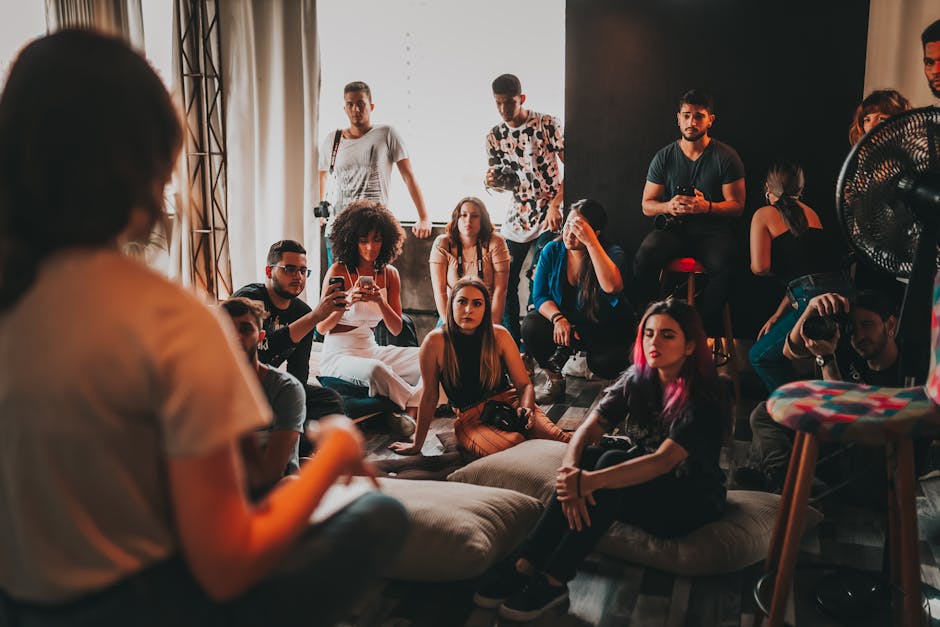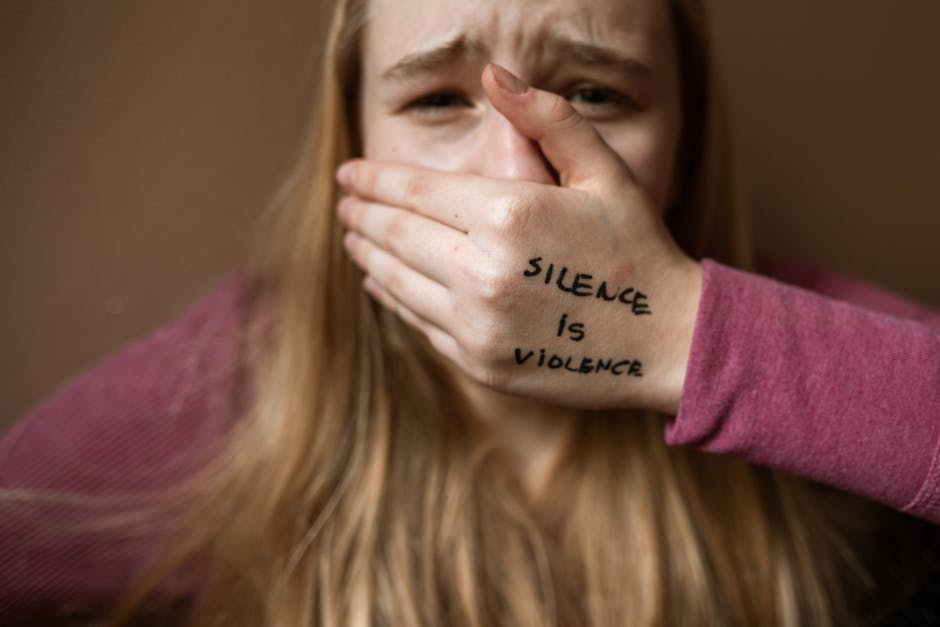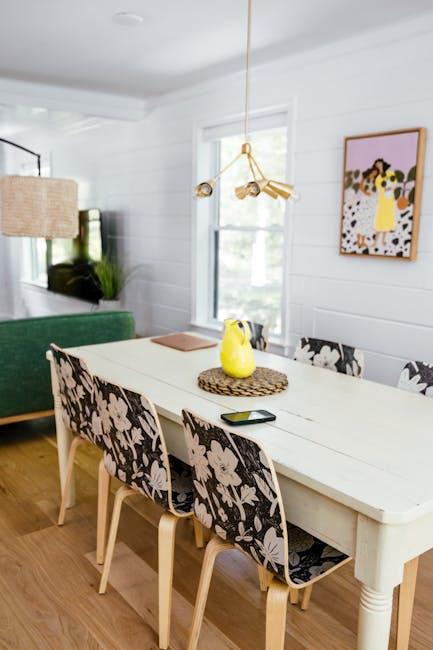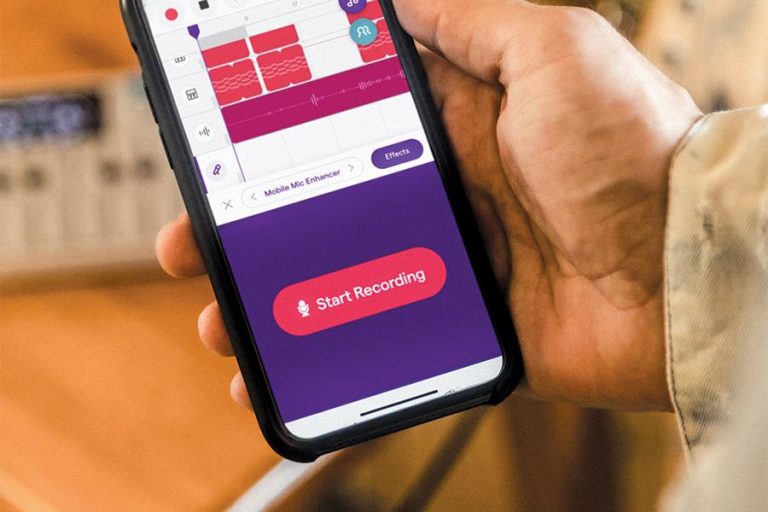Mastering the Art of Loving Communication

Welcome to the ultimate guide on how to become a master of loving communication! Are you tired of your partner never understanding what you’re trying to say? Are your conversations more like battles than loving exchanges? Fear not, because with a little bit of humor and a whole lot of patience, you can transform your communication skills from disastrous to dazzling. Get ready to learn how to speak the language of love with finesse and charm. Let’s dive in and discover the secrets to mastering the art of loving communication!
Key Components of Effective Communication
Effective communication is like a secret recipe that only a few have mastered. But fear not, for I am here to spill the beans on the key components of this magical concoction. So sit back, relax, and let me sprinkle some communication wisdom on you.
First off, you need a pinch of active listening. Yes, you heard me right – listening is a crucial ingredient in the communication recipe. It’s not just about waiting for your turn to speak, oh no. You need to really pay attention to what the other person is saying. Pull out those imaginary magnifying glasses and focus, my friend.
Next on the list is clarity. No, I’m not talking about some fancy brand of bottled water. I’m talking about being crystal clear with your words. Don’t beat around the bush or use complicated jargon. Keep it simple and straightforward. Your message should be as clear as a freshly washed window.
And last but definitely not least, we have empathy. Ah, the secret sauce of effective communication. Put yourself in the other person’s shoes and try to understand where they’re coming from. Show them that you care and that you’re not just a robot spouting out words. A little sprinkle of empathy can go a long way in building strong connections.

Understanding Nonverbal Cues in Communication
Have you ever been in a conversation where someone’s nonverbal cues were so obvious, it was like watching a silent movie on fast forward? is like mastering a secret language that can reveal more about a person’s true feelings and intentions than their words ever could. Here are some key things to look out for:
*** The Eyes ***
- Eye contact: If someone is avoiding eye contact, they might be feeling uncomfortable or hiding something.
- Pupil dilation: Dilated pupils can indicate excitement or attraction, while constricted pupils can indicate fear or anxiety.
*** Body Language ***
- Posture: Leaning in can show interest, while crossing arms can indicate defensiveness or discomfort.
- Gestures: Fidgeting with objects or tapping feet can signal impatience or nervousness.
*** Facial Expressions ***
- Smiling: A genuine smile reaches the eyes, while a fake smile only involves the mouth.
- Frowning: A furrowed brow can signal confusion or displeasure.

Active Listening Techniques to Enhance Communication
Let’s dive into some active listening techniques that will make you a pro communicator:
First up, give your undivided attention. Put down that phone, stop thinking about what you’re going to have for lunch, and focus on the person speaking to you. It’s amazing how much better you’ll understand what they’re saying when you actually listen!
Next, use nonverbal cues to show that you’re engaged. Nod your head, make eye contact, and lean in slightly. Just make sure you don’t go overboard and end up looking like a bobblehead doll.
Another great technique is paraphrasing what the speaker is saying. This shows that you’re not only listening, but also trying to understand their point of view. Plus, it gives you a chance to show off your impressive rephrasing skills.

Building Empathy and Emotional Intelligence
So you want to boost your emotional intelligence and build empathy, huh? Well, you’ve come to the right place! Let’s dive right in and explore some fun and quirky ways to enhance these crucial skills.
First things first, put yourself in someone else’s shoes. Literally! Try walking around in different types of shoes to understand what it feels like to be in someone else’s footwear. Whether it’s high heels, sneakers, or even fuzzy slippers, this quirky exercise will help you develop a deeper sense of empathy.
Next up, engage in some role-playing games. No, not the kind that involves dragons and dungeons. Grab a friend and take turns acting out different scenarios to practice responding with empathy and understanding. Who knew improving your emotional intelligence could be so much fun?
Lastly, don’t forget to practice active listening. Put away your smartphone, make eye contact, and really focus on what the other person is saying. Show them you care by nodding, paraphrasing their words, and asking thoughtful questions. Before you know it, you’ll be a master of empathy and emotional intelligence!
Expressing Yourself Clearly and Assertively
Communication is key in . It’s like trying to navigate through a dense forest without a map – you’re bound to get lost in translation if you’re not careful. So, why not brush up on your communication skills and avoid getting tangled in a web of misunderstandings? Here are a few tips to help you do just that:
- Be direct: Don’t beat around the bush – get straight to the point like a bull in a china shop. Your message will be crystal clear and harder to ignore.
- Use “I” statements: Instead of pointing fingers like a game of blame hot potato, take ownership of your thoughts and feelings. It’s harder to argue with someone who knows themselves.
- Practice active listening: Don’t just nod your head like a bobblehead on the dashboard – actually listen to what the other person is saying. You might learn something new or at least get a good laugh out of it.
Resolving Conflict Through Healthy Communication Strategies
When it comes to resolving conflict, communication is key! Instead of resorting to shouting matches or passive-aggressive behavior, try out some healthy communication strategies that will help you and the other party come to a resolution.
First things first, listen up! It’s important to truly hear what the other person is saying, even if you don’t agree. Practice active listening by making eye contact, nodding, and paraphrasing what they say back to them. This shows that you are engaged and willing to understand their perspective.
Next, don’t be afraid to speak up for yourself. Use “I” statements to express your feelings and needs without resorting to blaming or accusing the other person. For example, instead of saying “You always make me late,” try saying ”I feel frustrated when we’re late for appointments.”
Lastly, don’t forget to compromise! Remember that conflict resolution is about finding middle ground, so be willing to give a little and take a little. Brainstorm solutions together and be open to finding a mutually beneficial outcome. And hey, who knows, maybe you’ll even come out of the conflict with a stronger bond!
FAQs
How can I improve my listening skills in communication?
Listening is the key ingredient in loving communication. To master this art, try to focus on the speaker without thinking about your response, ask clarifying questions, and show empathy by acknowledging their feelings.
What are some ways to show appreciation in communication?
Express gratitude for your partner’s efforts, give genuine compliments, and show physical affection. And remember, a little ”I love you” can go a long way.
How can I handle conflicts in a loving and respectful way?
When conflicts arise, take a deep breath and try to see the situation from your partner’s perspective. Use “I” statements to express your feelings and avoid blaming or accusing. And don’t forget to apologize when necessary, even if it’s just for eating the last cookie.
How can I make sure my partner feels heard and understood in communication?
Reflect back what your partner has said to show that you are listening and understand their point of view. Validate their feelings, even if you don’t necessarily agree with them. And above all, be present in the moment and give them your full attention.
What role does empathy play in loving communication?
Empathy is like the secret ingredient in loving communication – it helps you connect with your partner on a deeper level. Put yourself in their shoes, try to understand their feelings, and respond with compassion and understanding. Remember, we’re all just humans trying to navigate this crazy thing called love.
Now go forth and communicate like a champ!
Congratulations, you’ve now unlocked the secrets to mastering the art of loving communication. From active listening to expressing empathy, you’re equipped with all the tools you need to navigate even the trickiest of conversations with finesse.
Remember, communication is a two-way street, so don’t be afraid to put these skills into practice and watch your relationships thrive. And if all else fails, just remember - a well-timed joke can go a long way in diffusing any tension.
So go ahead, spread love, understanding, and maybe a few laughs along the way. Happy communicating!






